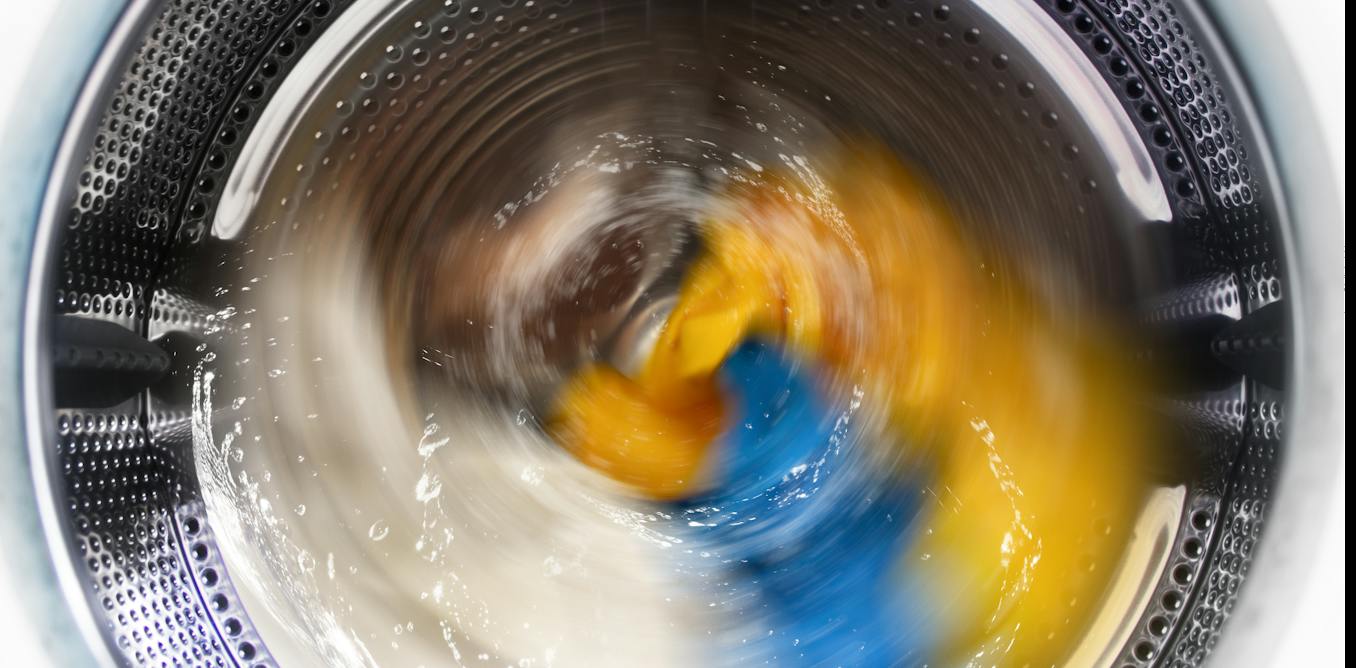The most common microplastics in the environment are microfibers—plastic fragments shaped like tiny threads or filaments. Microfibers come from many sources, including cigarette butts, fishing nets and ropes, but the biggest source is synthetic fabrics, which constantly shed them.
Textiles shed microfibers while they are manufactured, worn and disposed of, but especially when they are washed. A single wash load can release several million microfibers. Many factors affect how many fibers are released, including fabric type, mechanical action, detergents, temperature and the duration of the wash cycle.



Baloney. Everything we eat, touch, wear- is contaminated or made with plastics. Has been since the very begining of the plastics industry. Massive massive overuse and over production. From baby bottles to the syringes you inject your tranq with- plastics.